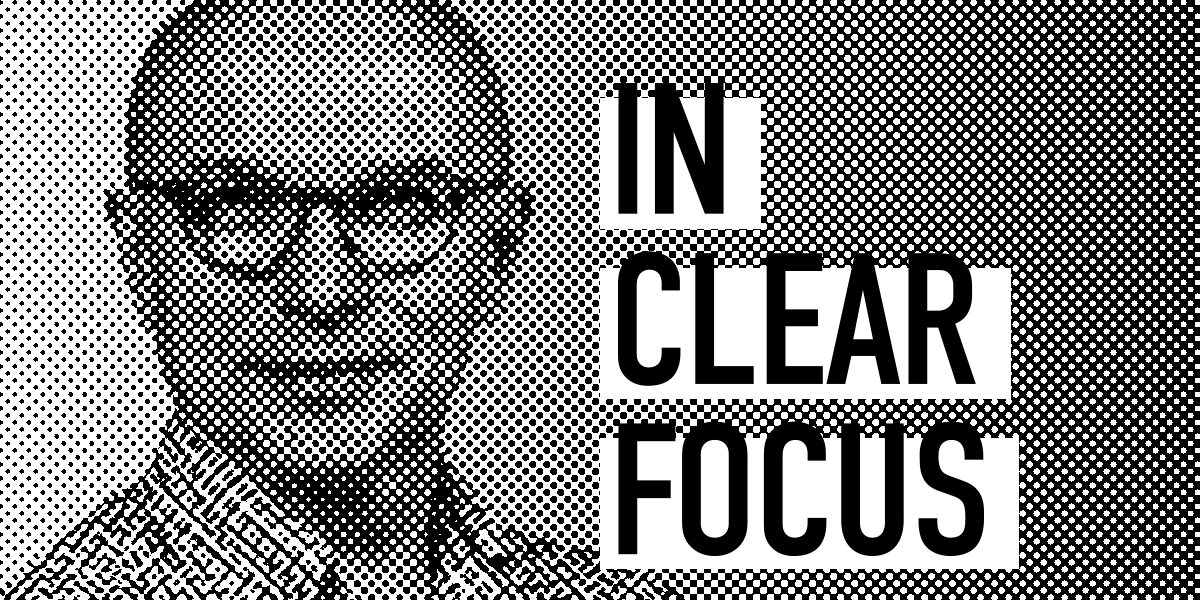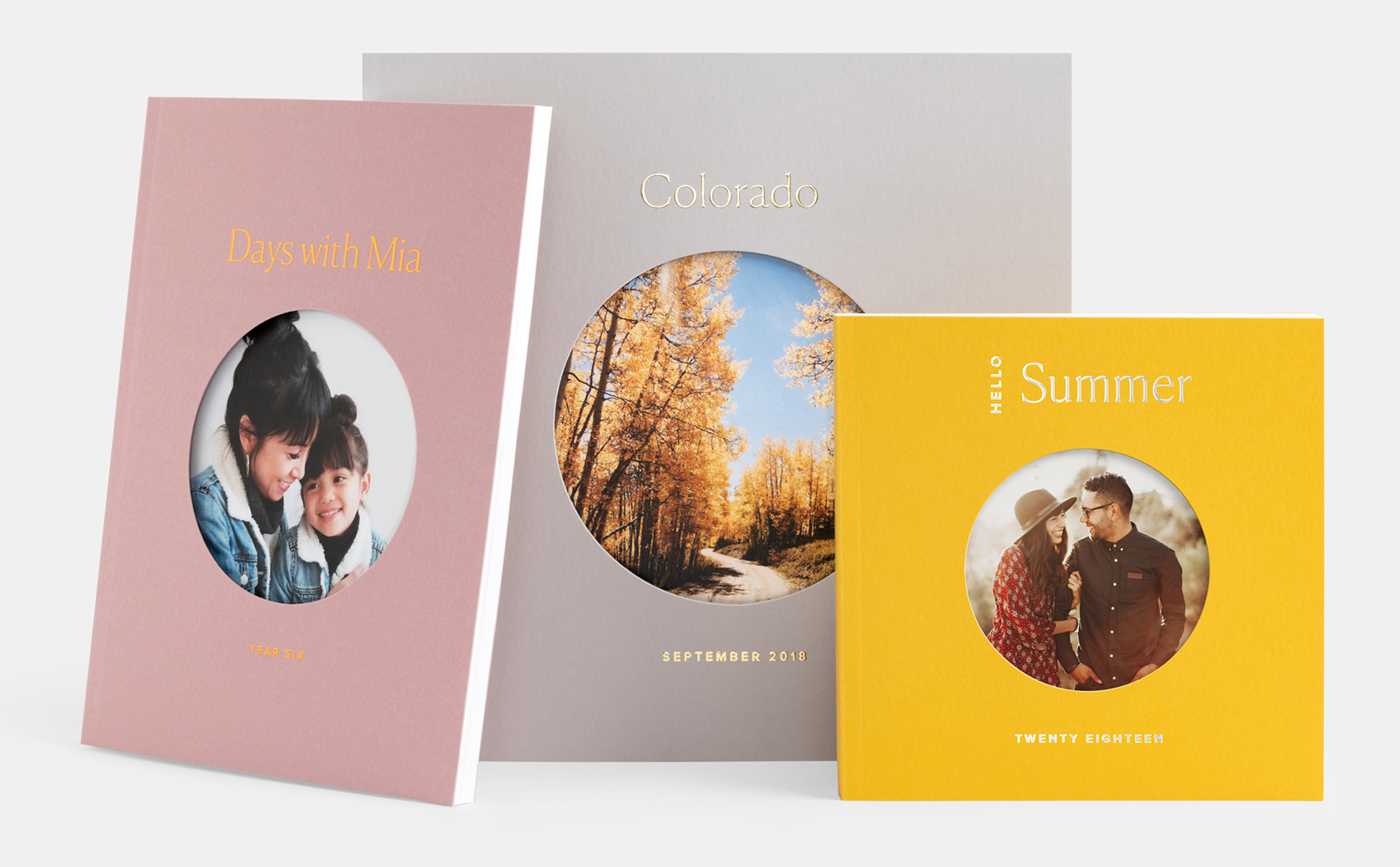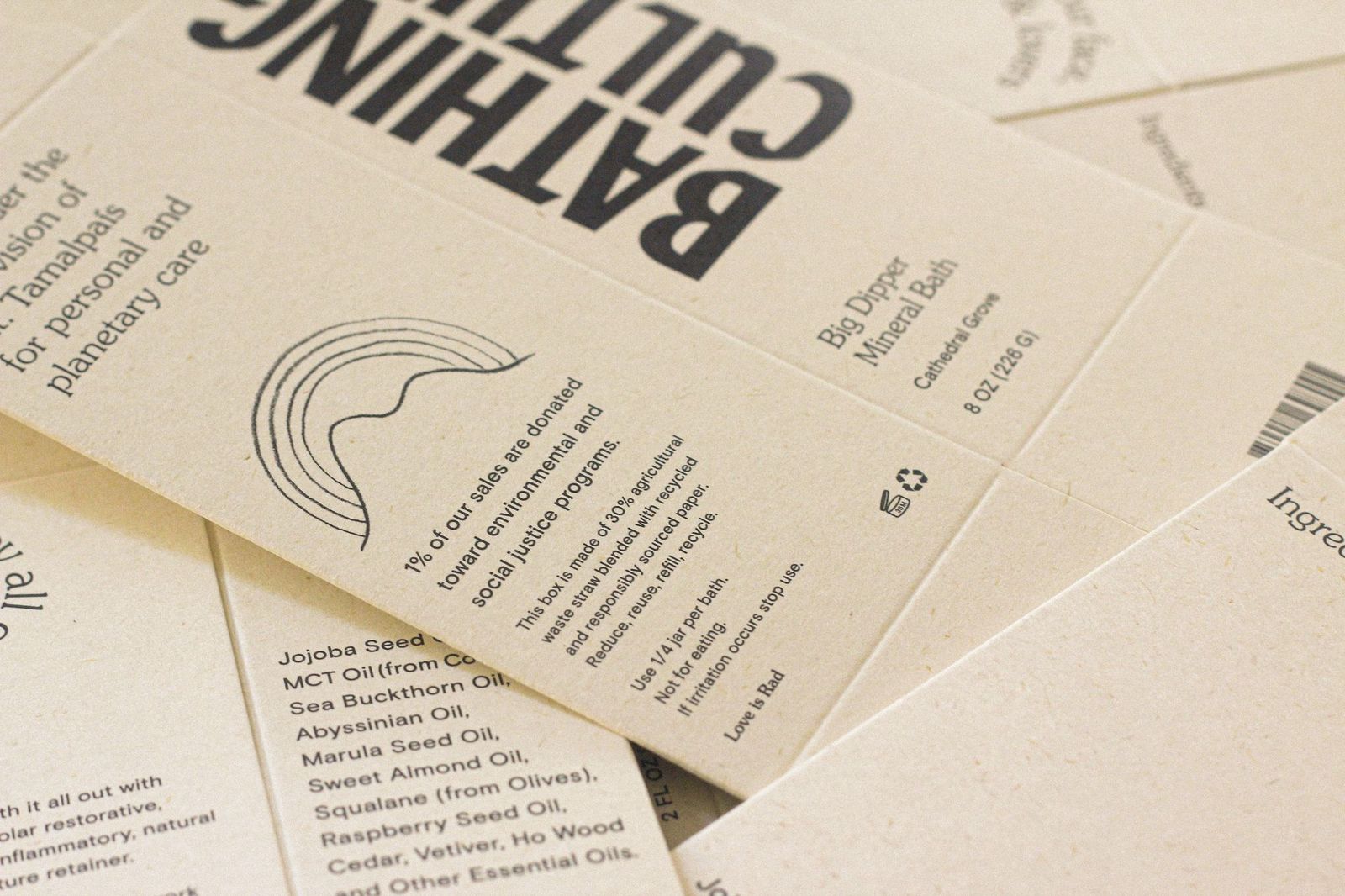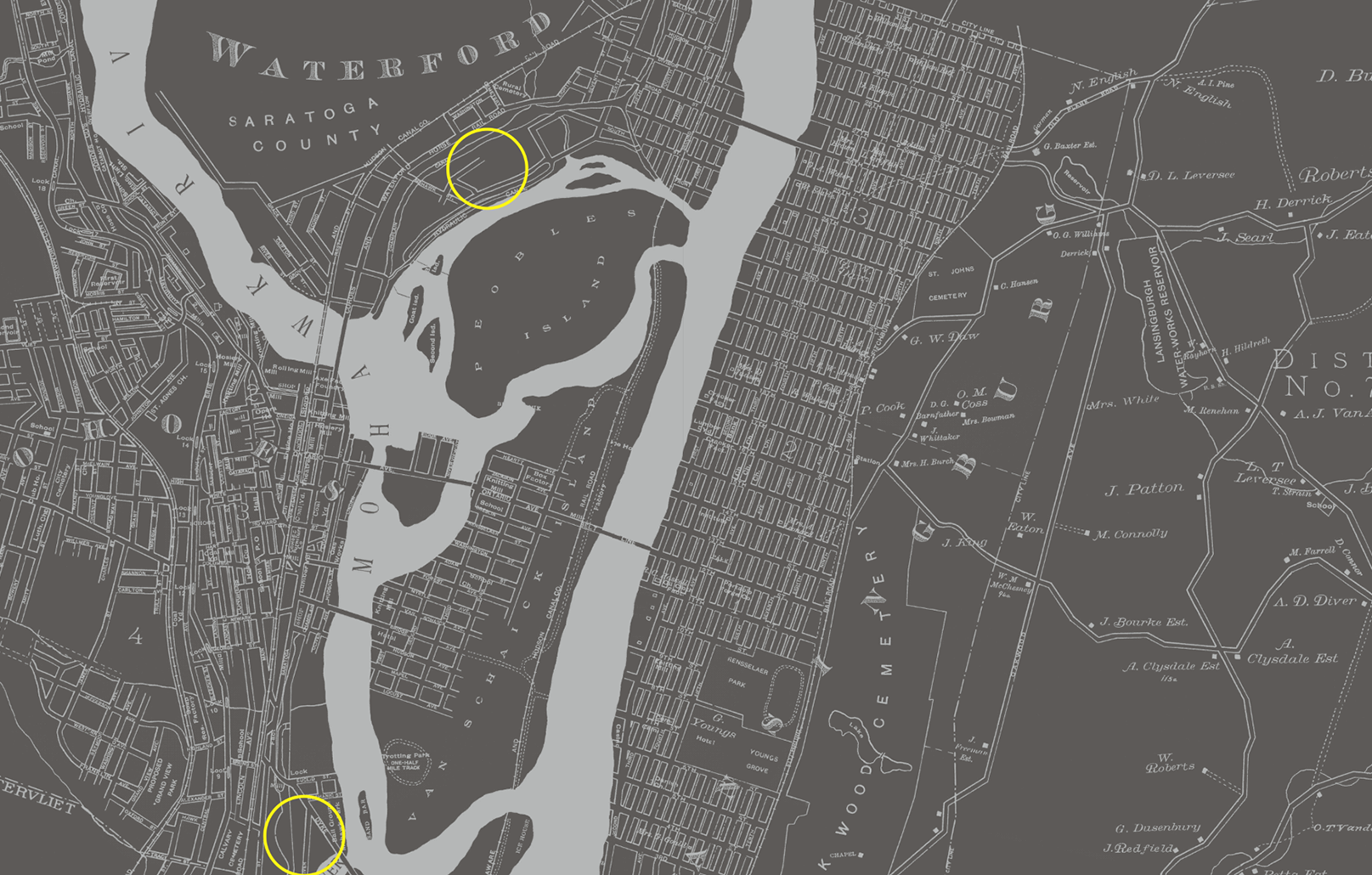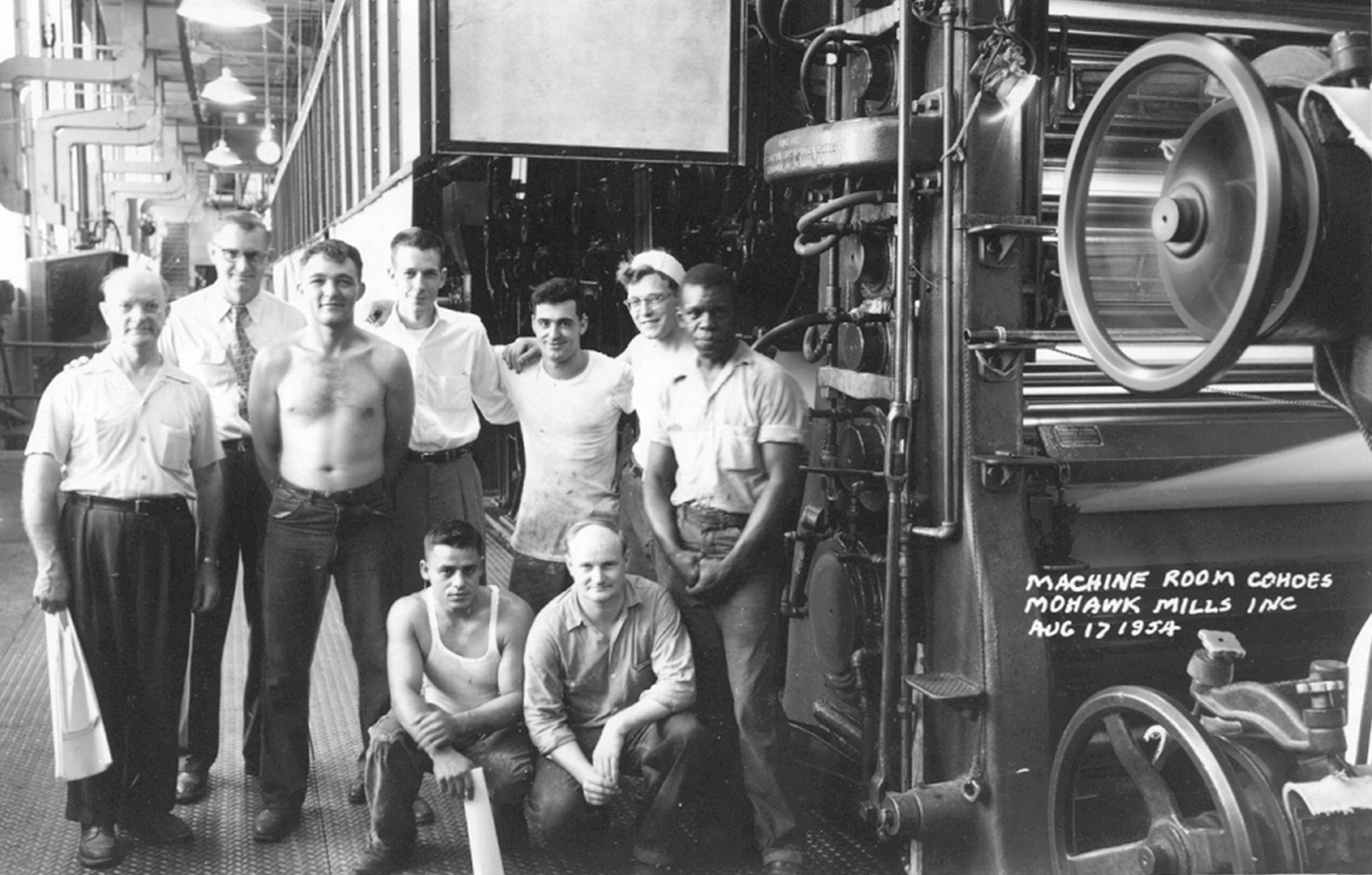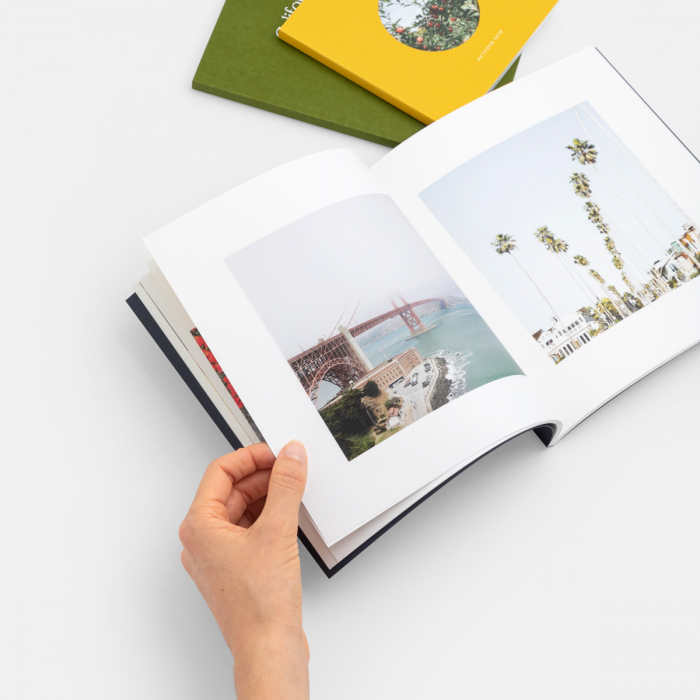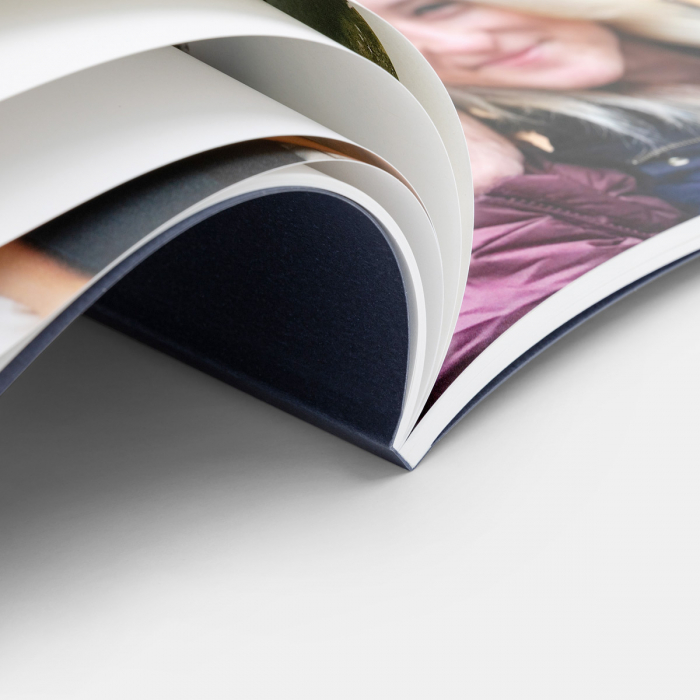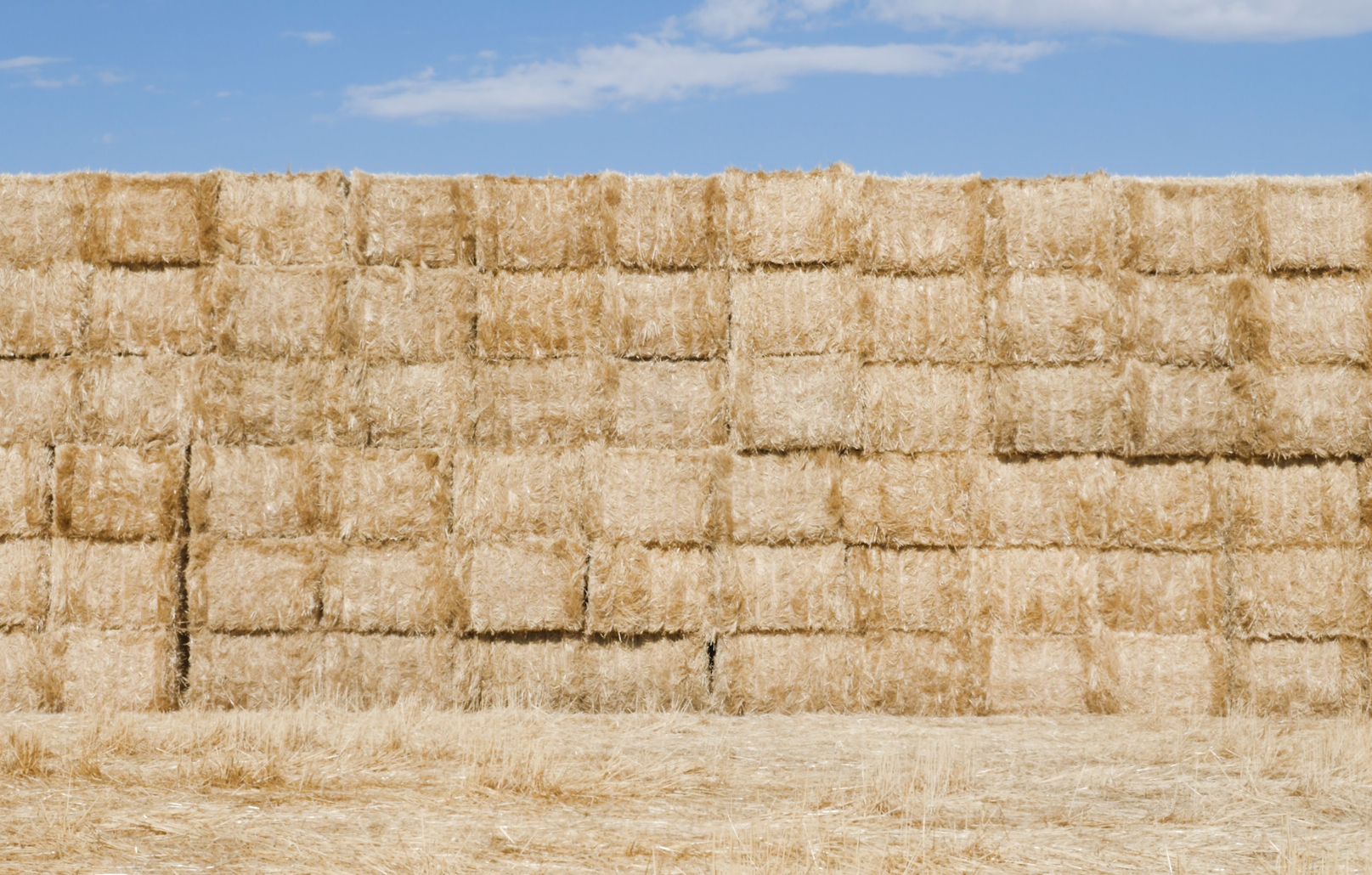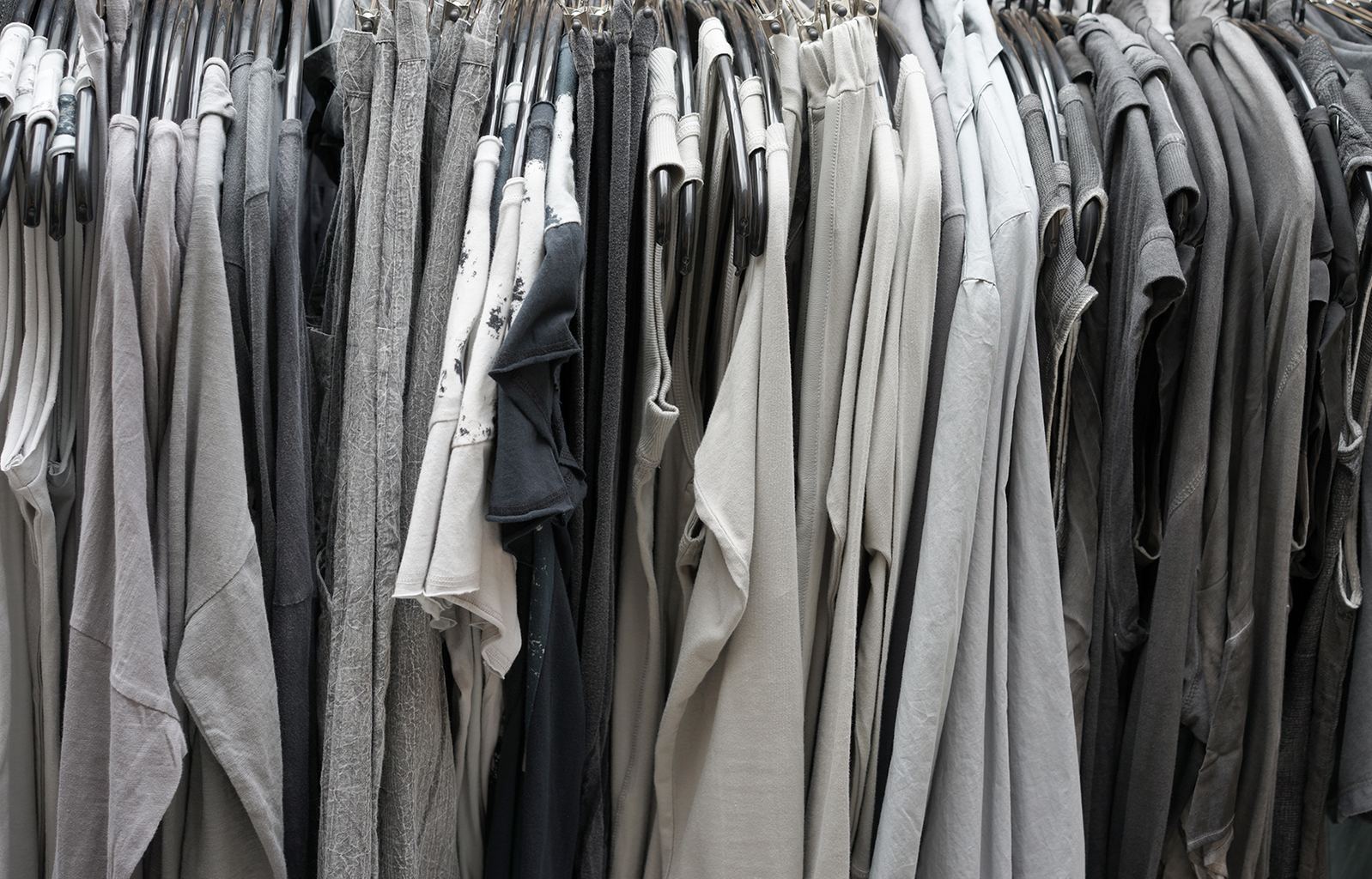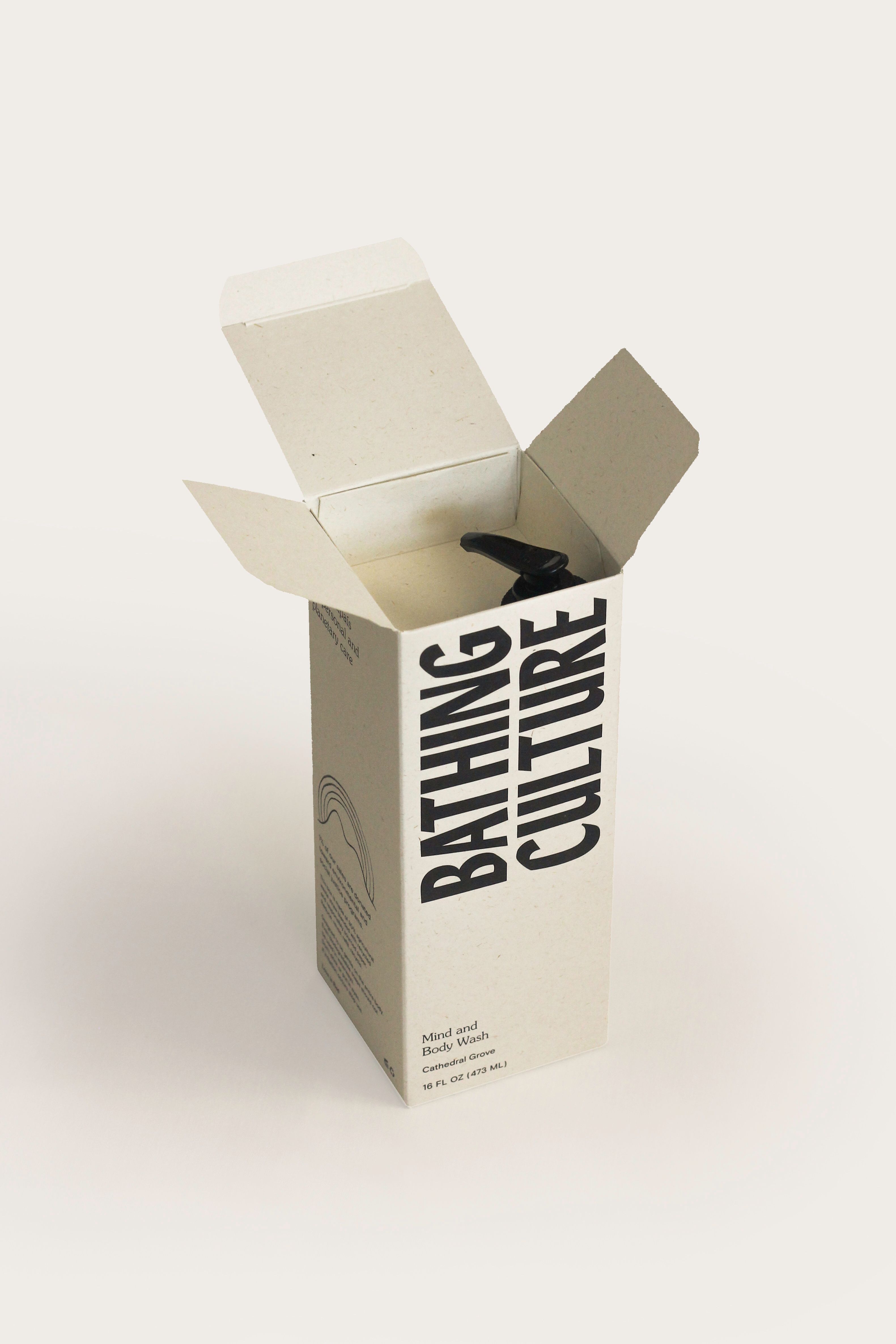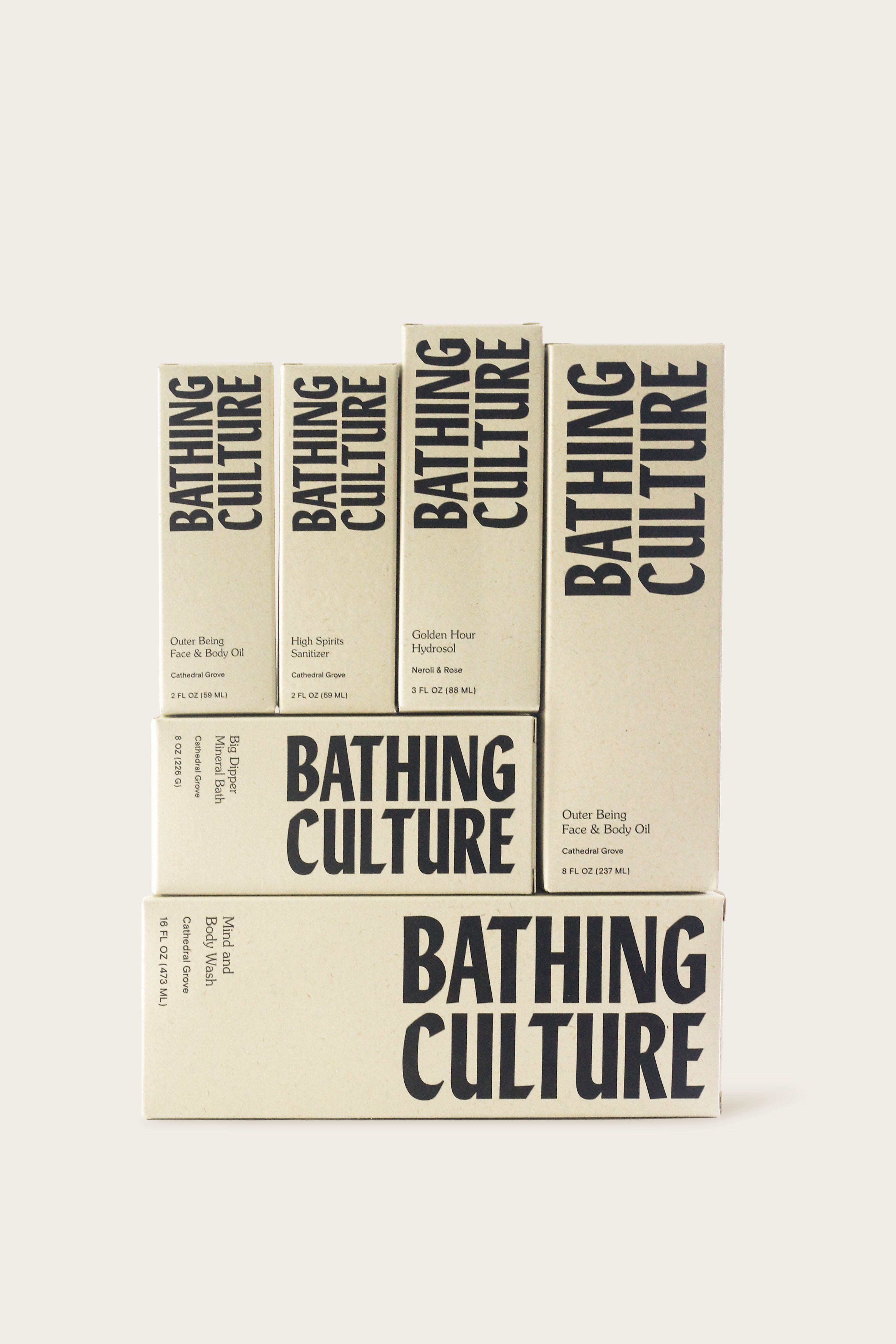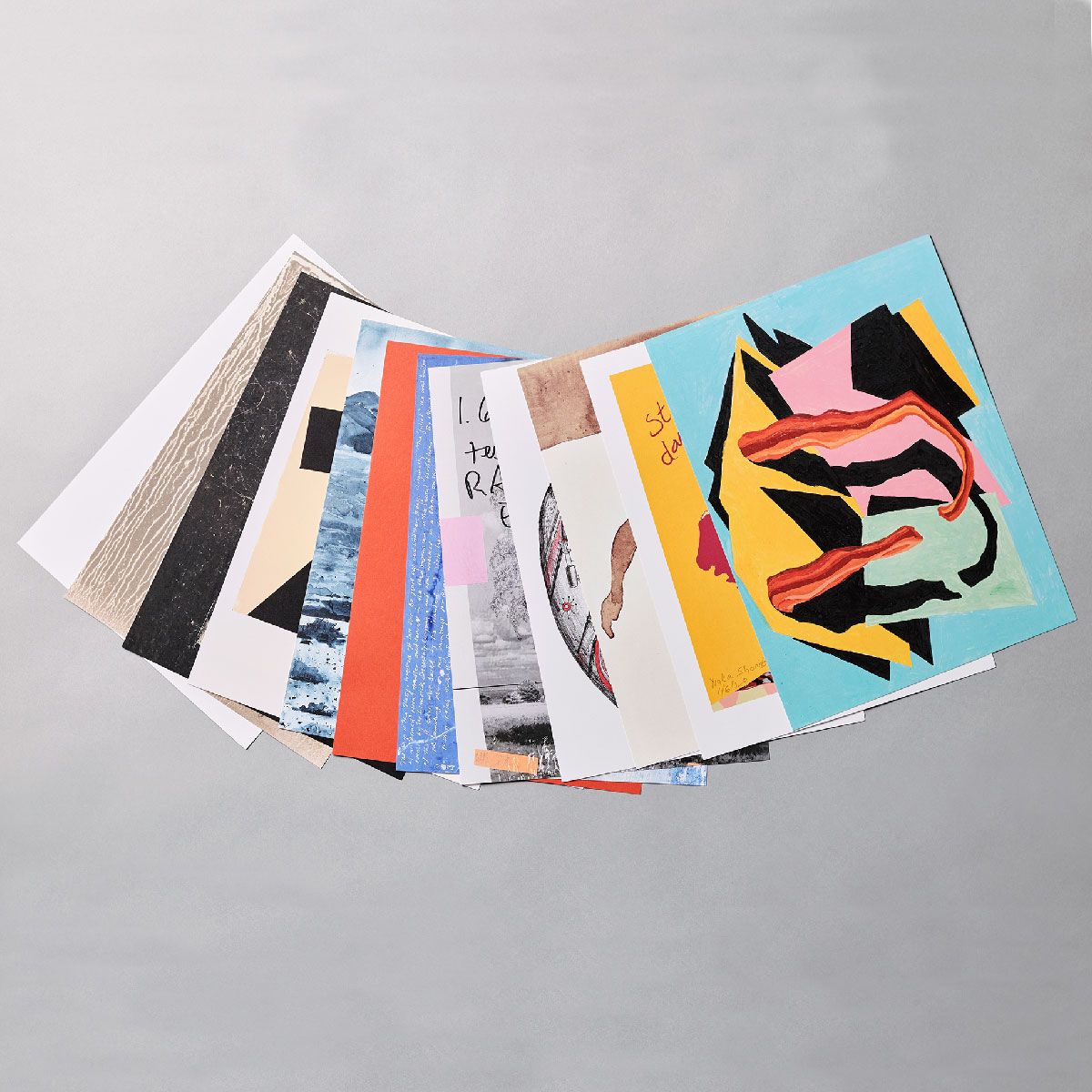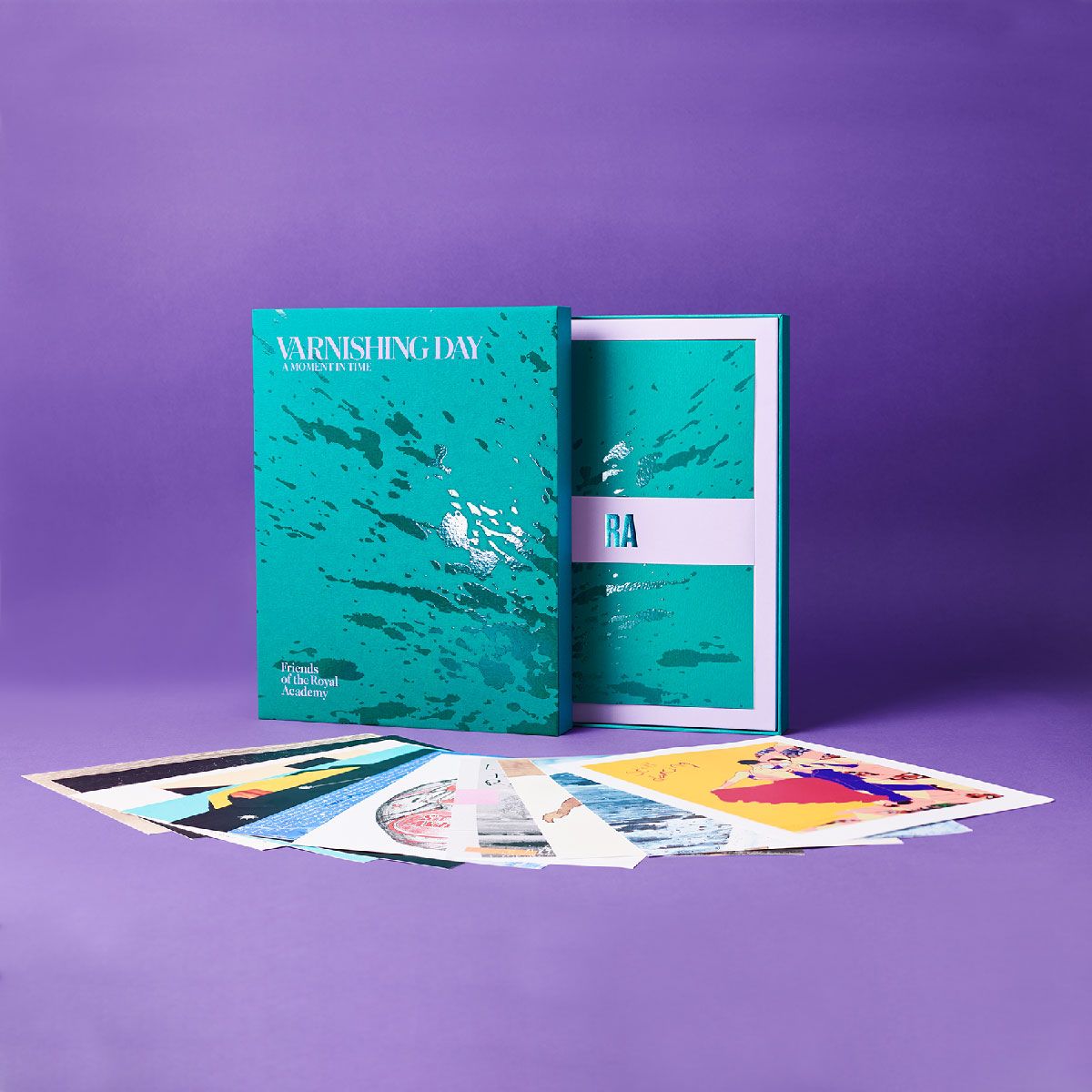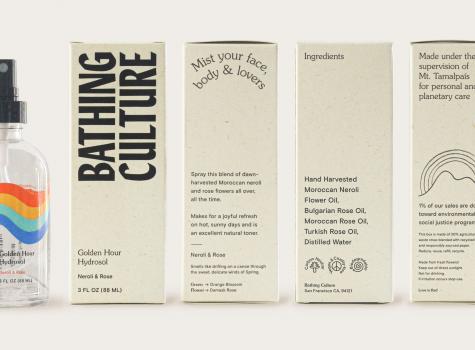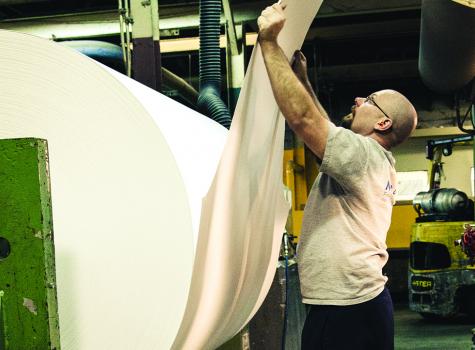Adrian Tennant: Chris, you launched Mohawk’s Renewal line of papers on Earth Day, right in the middle of a pandemic. What are some of the ways that you’ve seen Mohawk’s business affected by COVID-19?
Chris Harrold: Yeah, we did launch it at the broad, it felt like the depths of the pandemic. April the 22nd of 2020. You know, I think Adrian, print marketing and print advertising budgets just felt like they were frozen in time in second quarter. So it was really demand dropped off significantly for printing papers. Good news is, we’re climbing out of what felt like a pretty deep crater, which I think is a reflection of. demand coming back. For instance, I keep mentioning the Holiday greeting card business. That DIY space, the photo book space, is actually pretty healthy right now. People are at home, right? I’m assuming it’s a direct reflection of there’s time to organize all those zillions of photos you have on your phone and then make them into something like, “Oh gosh, I guess I’ll make that photo book I’ve been putting off!” For instance, we saw there was a spike in graduation announcements because people weren’t gathering to celebrate graduation. So demand dropped, it’s coming back. It’s got a ways to go, but we’re navigating through it.
Adrian Tennant: We know that many families canceled their usual summer vacation plans, including travel by air, due to concerns about contracting the coronavirus. We’ve heard that many folks favored road trips in RVs and the National Parks saw more visitors than usual. Do you think that the collective yearning to be in uncrowded natural spaces is an opportunity to maybe reinvigorate a broader green consumer movement?
Chris Harrold: Uh, you know, I think what all this isolation and restriction has done feels a bit like slow cooking, right? Like, I think consumers collectively have discovered like, “Okay, I’m home” and they’re valuing things that may have gotten lost in the blur of living faster, traveling more. And I think paper-based things be it books or packaging has come to the surface and looks valuable. I think the green dimension of it – there’s a moment there. I think whether you’re making a photo card or you’re buying a box of chocolates, the fact that it’s made responsibly resonates. But I think, just as a focus group of one myself, I’ve been astonished to see a toy catalog from Amazon. Like I didn’t see that coming! Like in my mailbox is this pretty artfully created catalog for the holidays – from Amazon! And I think, we’re probably all experiencing some version of scroll and screen fatigue and printed things – mind you, printed responsibly – feel like they’re special and maybe a bit more permanent.
Adrian Tennant: Well, even though we increasingly use digital communications for person-to-person interactions, some products and experiences can’t be digitized. And the traditional printed book business you mentioned, which many observers predicted would be replaced by e-readers is actually booming. So what’s the secret? Why is paper not only staying relevant in the digital world, but also subject to innovations, like your Renewal line?
Chris Harrold: Adrian, I think everything in the world is not the size and aspect ratio of an iPhone. Even though we’re all I suppose, a bit dulled to that. So here’s an interesting example, I just got this big package that came from London, a friend who’s just an amazing, sort of a print impresario. And it celebrated Varnishing Day from the Friends of the Royal Academy. And here’s the deal: since the mid-18th century, at the end of the summer, artists will varnish their works, their paintings, and there would be a huge exhibition at the Royal Academy. Guess what? They didn’t have the exhibition this year and what they did instead was they memorialized the work of maybe 50 artists who did commission small works, that were printed on paper, and put into this incredibly beautiful box that’s just artfully made. It’s the kind of thing you would never get rid of, right? It puts a coffee table book to shame. So I think that, as consumers are exposed to printing, beautifully made and, artfully designed and carefully constructed, in my opinion, it begins to carve out a new important space for print. And I think the permanence of printing perhaps part of its superpower and also it’s tactility, right? I mean, just the way we, as human beings, react to consuming data or visual information while we’re touching it, it just affects our brains differently. And I think that’s super important. And I think it’s what separates print from the way we consume information on screens, it’s proven by tons of research that haptic element of printing, to your point earlier, with students and learning by reading and books, we’re just hard-wired. We can’t avoid it affecting us differently.
